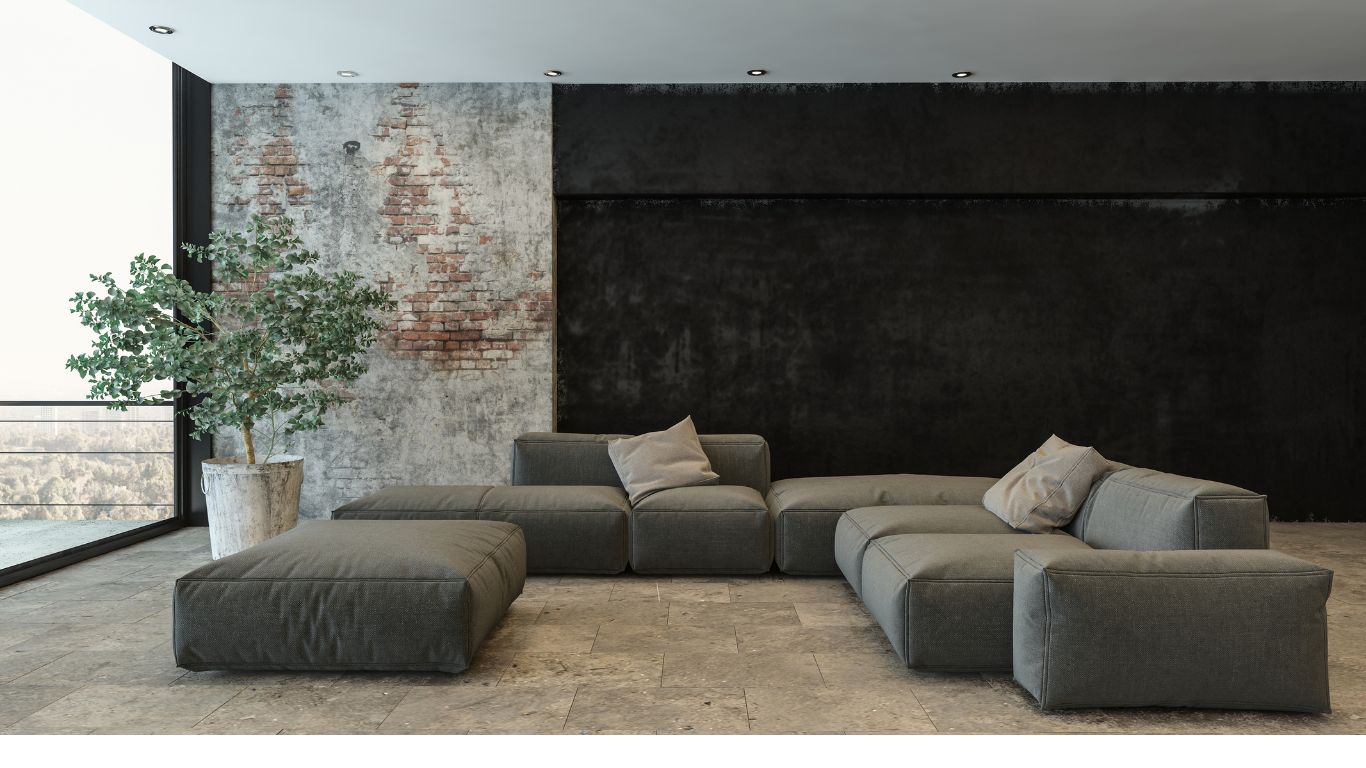
In recent years, the world of interior design has seen a significant shift towards flexibility, customization, and sustainability. At the forefront of this evolution is modular furniture, a trend that is redefining how we think about and use our living spaces. But what exactly is modular furniture, and why is it becoming so popular? Let’s delve into the world of modular furniture systems and explore their benefits, applications, and future potential.
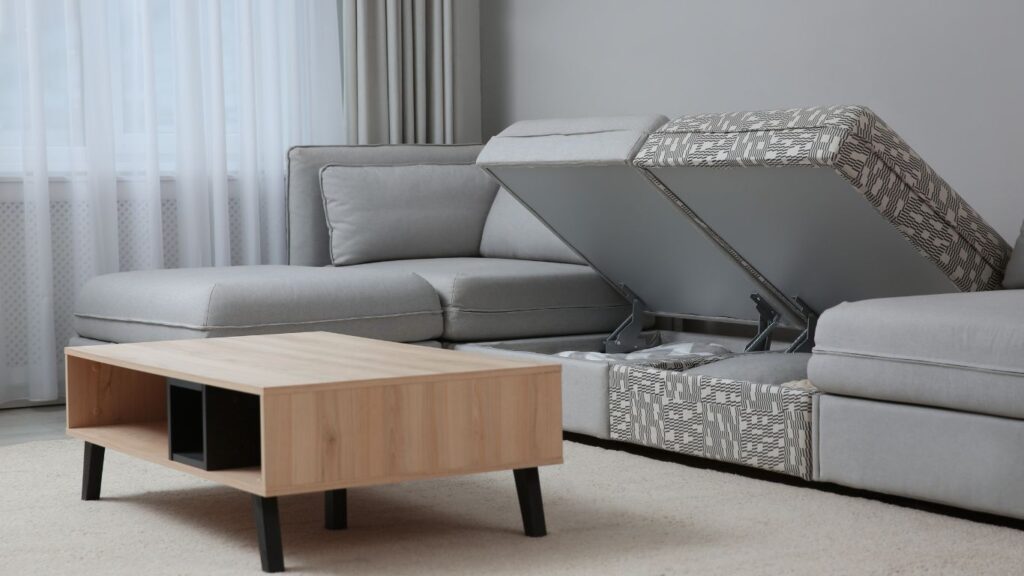
What is Modular Furniture?
Modular furniture consists of individual pieces that you can assemble, disassemble, and reconfigure in various ways to suit different needs and spaces. This type of furniture offers flexibility and adaptability, allowing you to create customized setups that can evolve with your lifestyle changes. Whether you’re in a compact apartment or a spacious house, you can adjust modular furniture to fit your environment perfectly, offering both functionality and style.
Key Benefits of Modular Furniture Systems
- Flexibility and Adaptability– Modular furniture offers the ability to rearrange and reconfigure pieces to suit various spaces and purposes. This is particularly advantageous for those who move often or lead dynamic lifestyles. Whether you live in a small apartment or a large house, you can tailor modular furniture to fit your environment perfectly.
- Customization– One of the most significant advantages of modular furniture is the ability to personalize it according to your taste and needs. From choosing the color, material, and size to combining different modules to create unique configurations, the possibilities are virtually endless.
- Space Efficiency- These modular systems maximize functionality in small spaces, providing smart storage solutions and multi-functional pieces that serve more than one purpose.
- Sustainability– It involves utilizing eco-friendly materials and production processes aimed at reducing environmental impact. Additionally, the ability to replace or upgrade individual modules rather than entire pieces reduces waste and supports a more sustainable lifestyle.
5. Cost-Effectiveness– While some modular furniture systems can be expensive initially, their durability and the ability to update or expand your setup over time can save money in the long run. Instead of replacing entire pieces of furniture, you can simply add or modify modules as needed.
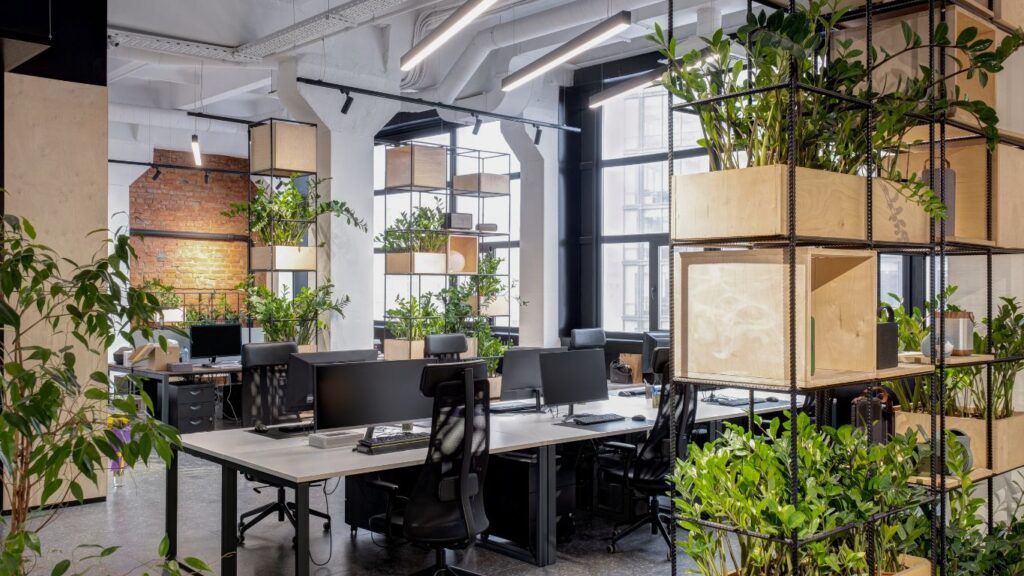
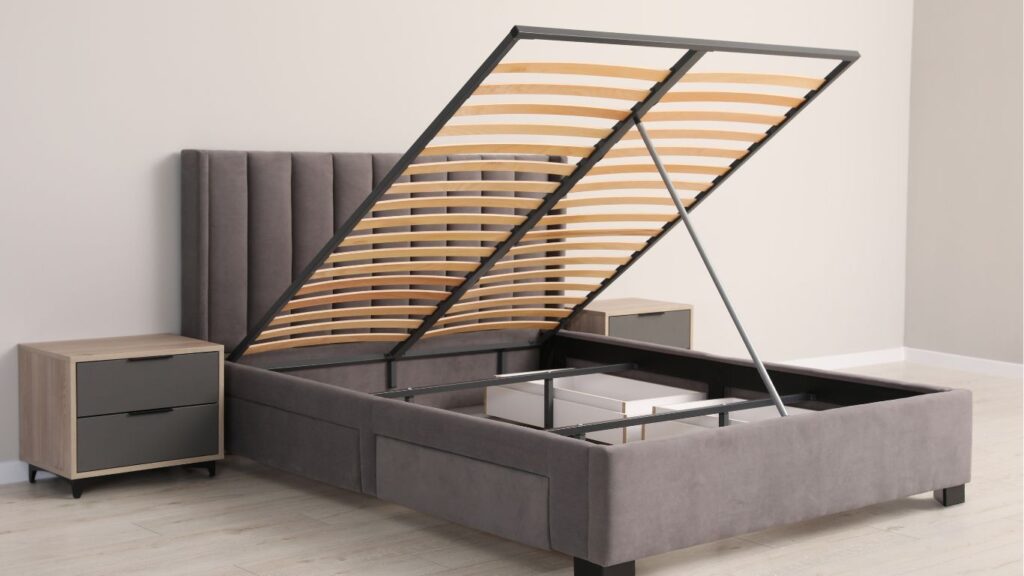
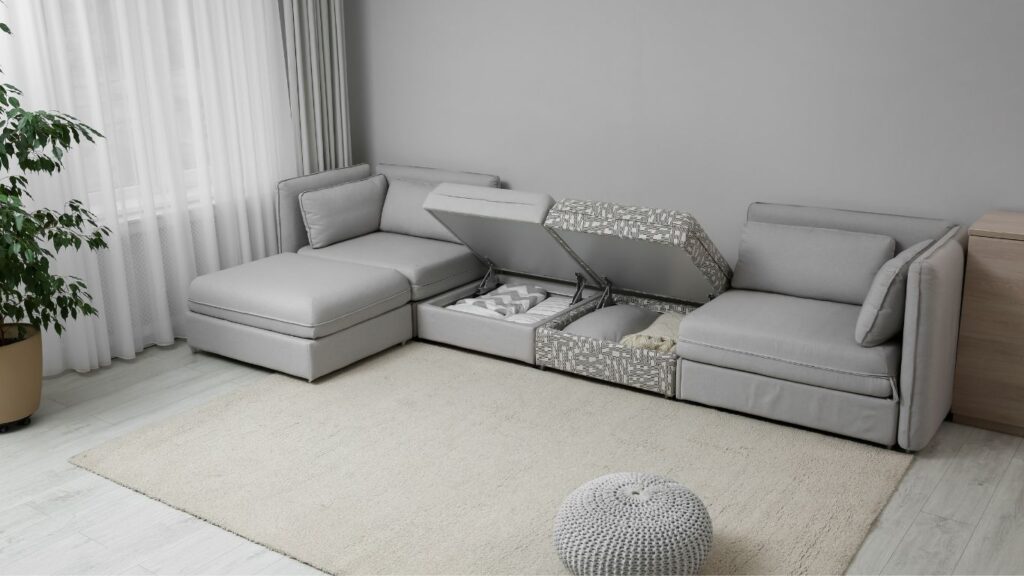
Applications of Modular Furniture
- Living Rooms– Modular sofas and shelving units offer customizable options to fit any living room layout. You can reconfigure these pieces for hosting guests, enjoying movie nights, or simply relaxing, providing a versatile solution for dynamic living spaces.
- Home Offices With the rise of remote work, home offices have become more important. Modular desks, storage units, and seating options enable you to create a productive and ergonomic workspace that you can easily adjust as your needs change.
- Bedrooms Modular beds with integrated storage, customizable headboards, and adaptable wardrobes can help maximize bedroom space while keeping it organized and aesthetically pleasing.
- Children’s Rooms As children grow, their needs and preferences change rapidly. Modular furniture in children’s rooms adapts to suit their evolving needs, from play areas to study spaces.
- Outdoor Spaces Modular outdoor furniture can transform patios, balconies, and gardens into functional living areas. Weather-resistant materials and flexible designs make it easy to create comfortable and stylish outdoor settings.
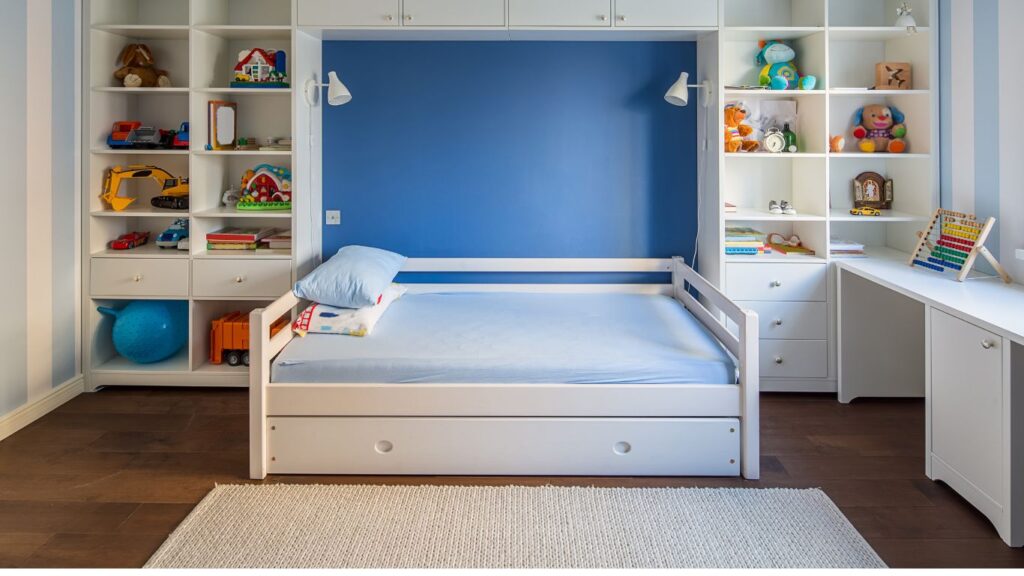
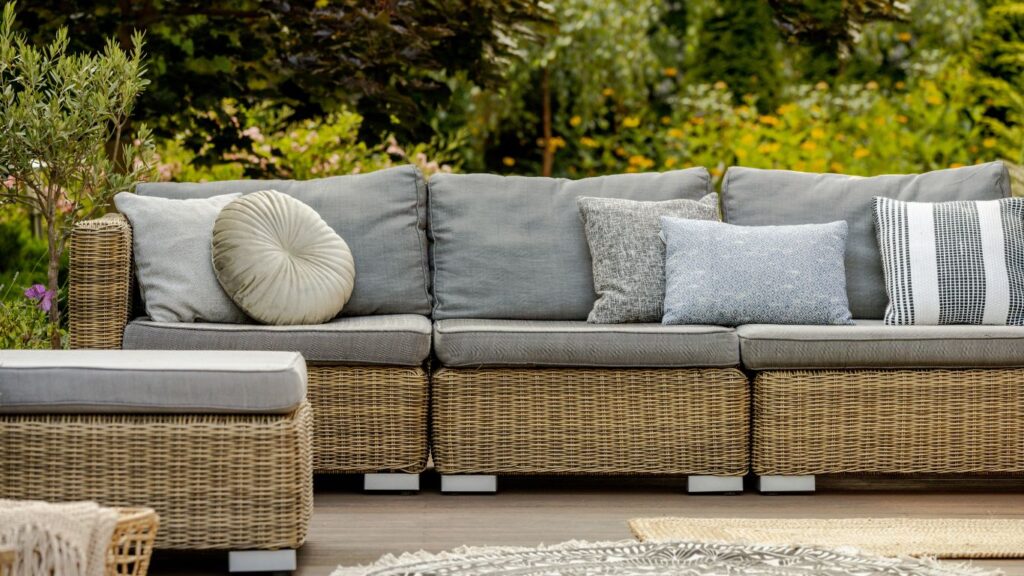
The Future of Modular Furniture
The future of modular furniture looks promising with advancements in materials, technology, and design. Innovations are likely to enhance flexibility, customization options, and sustainability. Innovations in materials, design, and technology are likely to further enhance the appeal and functionality of modular systems.
One exciting development is the integration of smart technology into modular furniture. Imagine a sofa that can adjust its configuration based on the number of people in the room, or a desk that can change height and layout according to your work tasks. These advancements will make modular furniture even more adaptable and user-friendly.
Furthermore, advancements in 3D printing technology are bringing about more bespoke modular furniture solutions that one can produce on demand. This innovation will reduce manufacturing waste and enable even greater customization options.
Conclusion
Modular furniture systems are more than just a trend; they represent a fundamental shift in how we approach interior design and space utilization. Whether you’re furnishing a new home, updating your existing space, or looking for ways to maximize a small apartment, modular furniture offers innovative solutions that can grow and change with you.
Embrace the future of interior design with modular furniture, and discover the endless possibilities it brings to creating functional, beautiful, and adaptable living spaces.

